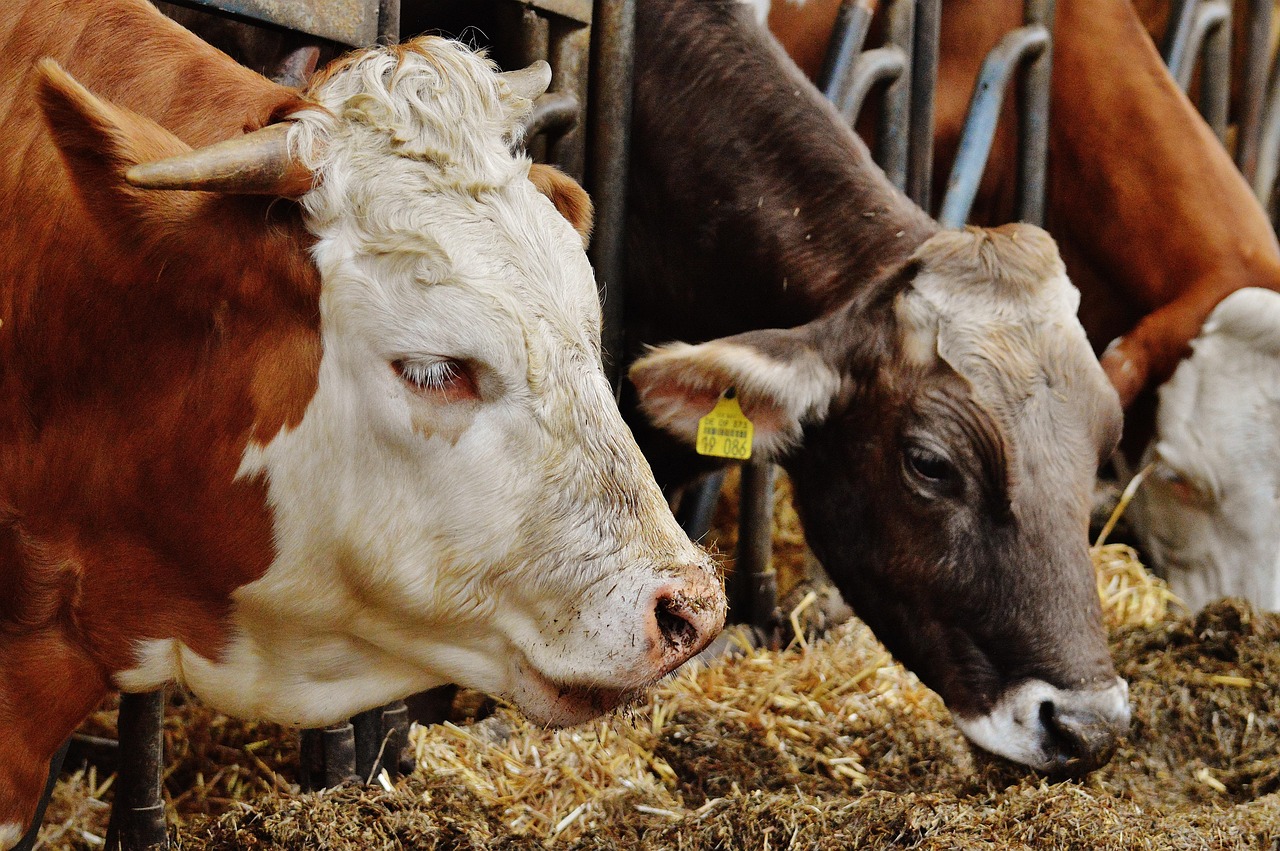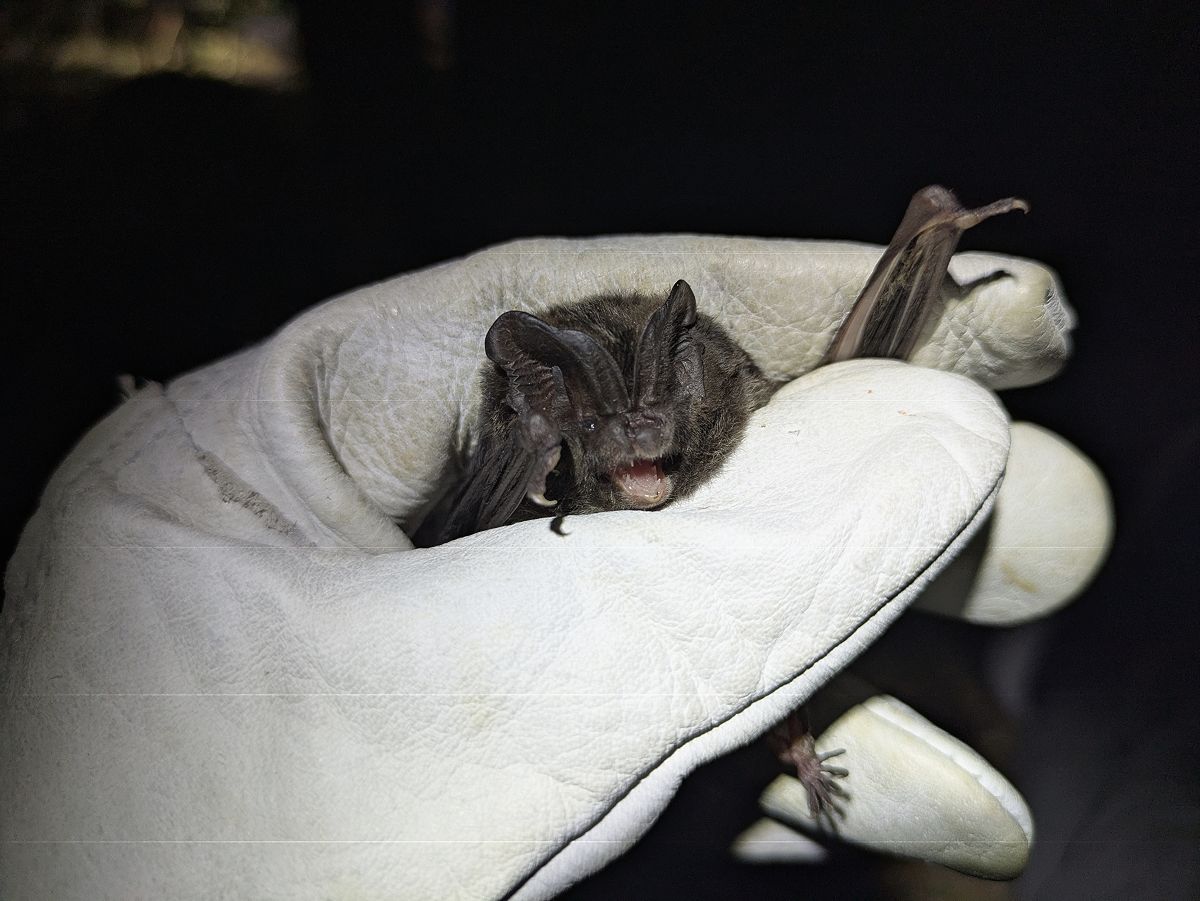
Animal farming is not only a key driver of rural landscapes and economy but also strongly influences ecosystem processes. In recent decades, traditional management practices have largely shifted toward modern industrialized systems, altering habitats and influencing the abundance and distribution of many species. A new study published in Landscape Ecology shows that livestock farms may also provide favourable conditions for bats.
The research was led by Kriszta Lilla Szabadi (Institute of Evolution) and Sándor Zsebők (Institute of Ecology and Botany), researchers at two different institutes of the HUN-REN Centre for Ecological Research. They carried out passive acoustic monitoring at 199 sampling points across Hungary, including 92 points from 35 livestock farms.
The objectives of the study were to (1) identify the bat species occurring on livestock farms, (2) compare bat activity at farms with other habitats—including cropland, grassland, oak and pine forests, as well as roads and green areas within settlements—and (3) assess how farm characteristics (such as livestock species and herd size) and surrounding landscape composition influence bat activity.

The most frequent bats detected on livestock farms were urban-adapted species such as the noctule bats (Nyctalus spp.) and pipistrelles (Pipistrellus kuhlii, P. pipistrellus, and P. pygmaeus), recorded at more than two-thirds of the farms. Interestingly, strictly protected forest specialists such as Barbastella barbastellus and other forest dwelling Myotis species also occurred on farms, indicating that these habitats provide foraging opportunities for a wide range of species.
The study found that the activity of several bat species and that overall bat activity was higher on livestock farms than in many other habitats although not higher than along roads or in urban green areas. This suggests that farms share certain similarities with urban environments, a pattern likely reinforced by their proximity to settlements.
Farm characteristics also mattered: P. kuhlii were significantly more active on cattle farms than on horse farms. This may reflect differences in housing and manure management, as horse stables tend to be cleaner, more closed, and more modern. Landscape context played an additional role. The proportion of green areas within the surrounding artificial environment was positively related to noctule bat activity, suggesting that vegetation patches within or near farms enhance foraging and roosting opportunities and help bats to navigate.
Beyond their ecological importance, bats may also provide ecosystem services to farms. A single individual can consume its body weight in insects per night, including hundreds of mosquitoes and other insects. By suppressing insect populations, bats may help reduce livestock stress and disease risks. However, the study also underlines the need for bat-friendly farming practices: maintaining vegetation corridors, preserving potential roosts, and minimizing risks from domestic predators such as cats are all essential.
This research emphasizes that the integration of ecological knowledge into farming practices can strengthen both agricultural sustainability and wildlife conservation.
Reference:
Szabadi K. L., Kurali A., Estók P., Görföl T., Froidevaux J. S. P., & Zsebők S. (2025).
Bats in livestock farms—effects of farm characteristics and landscape composition on bat activity. Landscape Ecology, 40:179. https://doi.org/10.1007/s10980-025-02196-9
Main foto: Alexas by Pixabay


